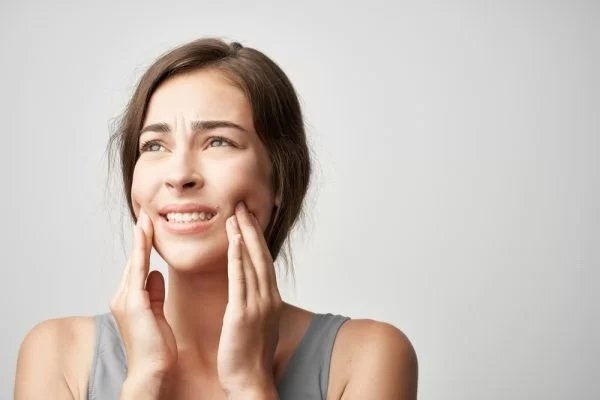Bone Spurs in Gums and Pain in One Spot: Understanding and Managing Oral Discomfort

Experiencing discomfort in your gums can be troubling, particularly if it’s localized to one spot. Two common issues that might contribute to gum pain include bone spurs in the gums and localized gum sensitivity. Understanding these conditions and how they relate to each other can help you better manage your oral health. This article explores bone spurs in the gums, why your gums might hurt in one specific spot, and how to address these concerns effectively.
What Are Bone Spurs in the Gums?
Bone spurs, or osteophytes, are bony growths that can develop on the bones of the jaw and surrounding areas. Although less common in the gums themselves, bone spurs can occur in the bone underlying the gum tissue and might affect gum health.
1. Causes of Bone Spurs in the Gums
- Dental Procedures: Surgical procedures, including tooth extractions or dental implants, can sometimes lead to the formation of bone spurs as the bone heals.
- Infection or Inflammation: Chronic infections or inflammation in the jawbone can lead to the development of bone spurs.
- Jaw Abnormalities: Conditions affecting jaw alignment or bone structure may contribute to the formation of bone spurs.
2. Symptoms of Bone Spurs
Bone spurs in the gums or jawbone may not always be immediately noticeable. However, symptoms can include:
- Localized Pain: Discomfort or pain in a specific area of the gums or jawbone.
- Swelling: Swelling around the affected area.
- Sensitivity: Increased sensitivity in the gum tissue near the spur.
Why Do My Gums Hurt in One Spot?
Localized gum pain can stem from various causes, each requiring different management strategies. Understanding these causes can help you address the issue more effectively.
1. Gum Infection or Abscess
A localized infection or abscess can cause pain in one spot. Common signs include:
- Swelling and Redness: The affected area may appear swollen and red.
- Pulsating Pain: The pain might be throbbing or sharp.
2. Gum Recession
Gum recession occurs when the gum tissue pulls away from the teeth, exposing the tooth roots. This can lead to pain and sensitivity in one spot.
3. Trauma or Injury
Accidental injury to the gums, such as from biting down on something hard or brushing too aggressively, can cause localized pain and discomfort.
4. Dental Issues
Problems like a loose filling, cracked tooth, or dental crown can result in localized gum pain. These issues may need professional evaluation and treatment.
5. Bone Spurs
As mentioned earlier, bone spurs in the underlying jawbone can sometimes cause gum pain. If a bone spur is irritating the gum tissue, it may lead to localized discomfort.
How to Manage and Treat Bone Spurs and Localized Gum Pain
Effective management of bone spurs and localized gum pain involves both at-home care and professional treatment. Here’s what you can do:
1. Maintain Good Oral Hygiene
Proper oral hygiene is essential for preventing infections and managing discomfort. Brush your teeth twice a day with fluoride toothpaste, floss daily, and use an antimicrobial mouthwash.
2. Rinse with Warm Saltwater
A warm saltwater rinse can help soothe gum pain and reduce inflammation. Mix half a teaspoon of salt in a cup of warm water and rinse your mouth several times a day.
3. Avoid Irritating Foods
Stick to a soft diet and avoid foods that may irritate the affected area. Hard, crunchy, or spicy foods can exacerbate gum pain.
4. Consult a Dentist
If you experience persistent pain or if bone spurs are suspected, it’s crucial to consult a dentist. They can conduct a thorough examination, provide a diagnosis, and recommend appropriate treatment.
5. Professional Treatment Options
- For Bone Spurs: Depending on the severity, your dentist may recommend treatments such as minor surgical procedures to remove or smooth the bone spurs.
- For Gum Pain: Treatment may involve addressing the underlying cause, such as treating an infection, repairing damaged teeth, or managing gum recession.
Conclusion
Bone spurs in the gums and localized gum pain are two distinct but potentially related oral health issues. Bone spurs can cause discomfort by irritating surrounding gum tissue, while localized gum pain can result from various factors including infections, injuries, or dental issues. By maintaining good oral hygiene, avoiding irritating foods, and seeking professional dental care, you can manage these conditions effectively and ensure better oral health. If you experience persistent or severe pain, don’t hesitate to consult your dentist for a thorough evaluation and personalized treatment plan.












